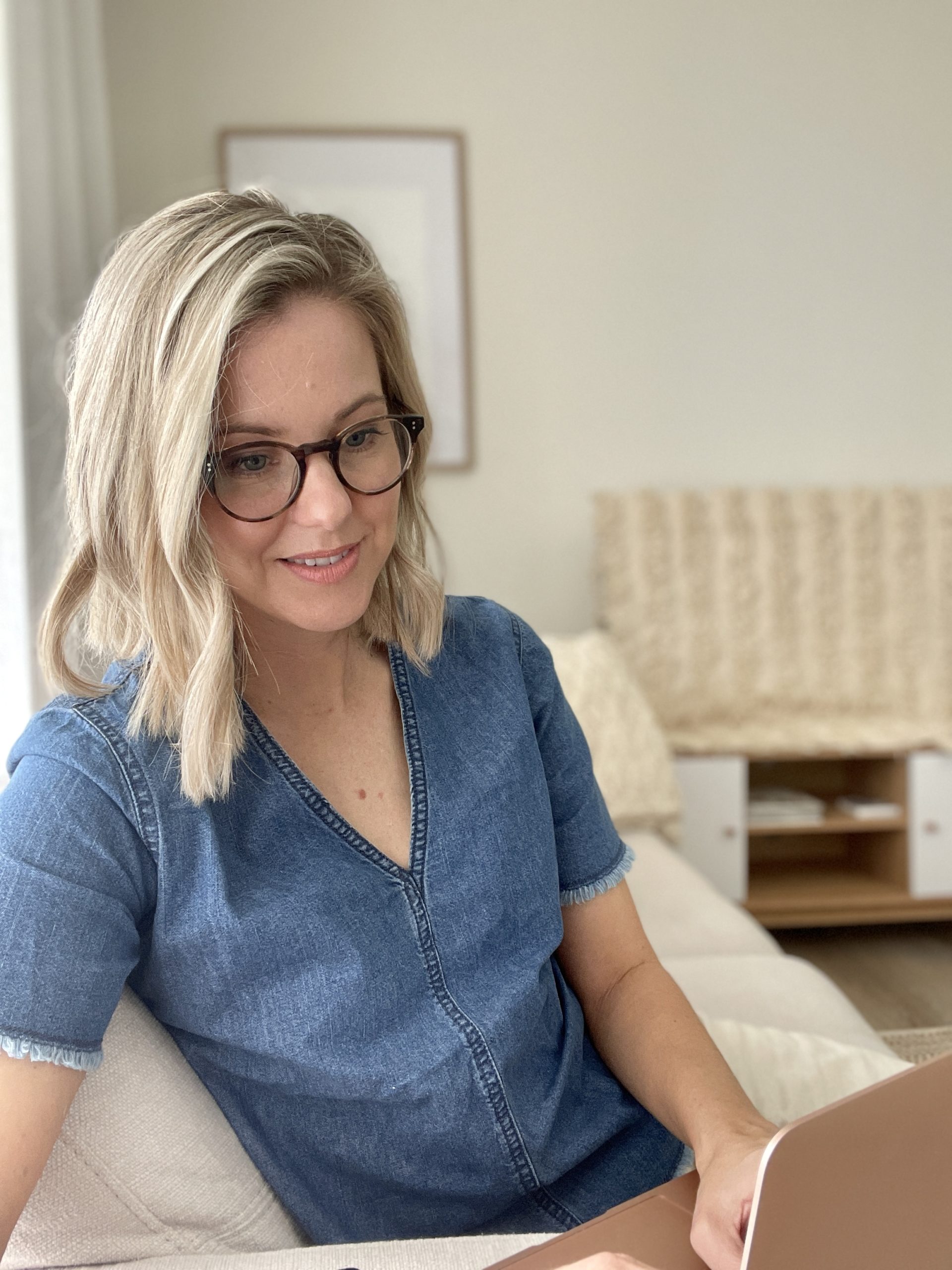How to talk to two audiences on your website
“I have two different audiences for my business. How can I talk to them both on my website?”
This is far more common than you might realise! I’ve had three clients in the past month where this was a part of our copywriting conversation so if this is you, you’re not alone!
To make an explanation of this topic a little more fun, I’m going to name the two audiences Rachel and Ross. (Were they on a break?!) I’ve also included anonymous Client Examples to help put this all into context, although I’m sure they’ll recognise themselves!
Here we go!
Let’s get into it with they key questions to ask yourself about your two audiences, aka your Rachel and Ross, and the actions you can consider taking.
1. Are both Rachel and Ross of equal value to your business?
When deciding how to talk to different audiences on your website, you first need to determine their level of importance. You don’t want to give Rachel and Ross equal weighting on your website if Rachel is responsible for 90% of your income and Ross falls more into the 10% bracket.
Client Example: A client operates a Mystery Shopping business where she helps businesses gather actionable data on their customer service experience by mystery shopping their stores. Organisations wanting to hire her team for this core offering, Mystery Shopping, are her “Rachel” audience. At the same time, however, she needs to recruit and train mystery shoppers to help her execute on this service offering (her “Ross” audience).
The solution: Use a separate navigational tab or call to action (CTA) to speak directly to Ross and point him in the right direction. You can then better serve him on an internal site page. The rest of your attention will be devoted to Rachel—your money maker.
2. What are Rachel and Ross’ pain and gain points?
Is there overlap between what these two audiences are wanting help with? This is where it’s worth putting pen to paper and listing them out. Don’t automatically assume a different audience = different pleasure / paint points. Oftentimes it’s the case that they’re similar—it’s just the product or service you use to solve those challenges or deliver on their desires that differs.
Client Example: A client who is an artist was selling her products both direct to consumer (her “Rachel” audience) as well as wholesale to retail outlets (her “Ross” audience). While the client experience for Rachel and Ross was going to look very different, their pain and gain points were similar. They both had a passion for supporting local artists, they had an appreciation for art showcasing their city and its surrounding environment, and they both valued sustainability.
The solution: Identifying an extensive overlap between the audiences usually means you can take a similar approach with your messaging strategy. The point where differences arise, such as the “How can I get it?” piece, is where you section Rachel and Ross off towards purchasing from your online store or inquiring about opening a wholesale account, for example. Don’t separate your audiences earlier than you need to when you can bring value to them both at the same time!
3. Are Rachel and Ross ever going to be on the same page?
At the risk of taking this metaphor WAY too far (5 stars if you’re still indulging me, at this point) you ultimately need to determine whether it’s worth trying to get your Rachel and Ross on the same page, or whether they are better served individually.
Client Example: A client who is a wedding designer has a signature aesthetic and a successful, established brand. The challenge is that she’s extended her design services to now also apply her skills to interiors. While Rachel and Ross both really connect with her style, Rachel wants help with a design refresh for her apartment, while Ross wants help designing his and Emily’s wedding. 🥴 While both clients are of equal value to the business, Rachel and Ross have different pain and gain points and it’s going to take a different service offering to support them.
The solution: Provide a master landing page for your business that directs Rachel and Ross towards the content they need right from the get-go. It can be as simple as two buttons they choose between that then jumps them into a specific homepage. This applies to so many businesses. You’ve probably landed on a similar website without thinking anything of it, because you were immediately funnelled to the content relevant to your needs. As the saying goes “you can be cute and you can be clever, but first you must be clear”. Don’t do your head in trying to find a quirky way to speak to two different audiences that are never going to be on the same page. You’re doing a disservice both to yourself and your clients.

Okay! We made it!
I hope this has given you some points to consider if you’re weighing up how to talk to different audiences on your website.
